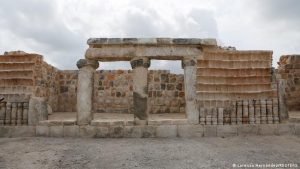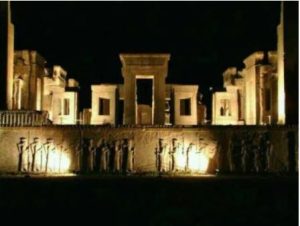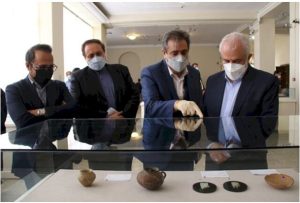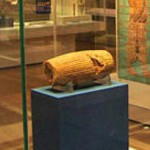 Since the 1980s, the important role of the family has increasingly come to the attention of the international community. The General Assembly adopted a number of resolutions and proclaimed the International Year of the Family and the International Day of Families.
Since the 1980s, the important role of the family has increasingly come to the attention of the international community. The General Assembly adopted a number of resolutions and proclaimed the International Year of the Family and the International Day of Families.
Emphasizing the critical role of parents in the rearing of children, the Global Day of Parents recognizes that the family has the primary responsibility for the nurturing and protection of children. For the full and harmonious development of their personality, children should grow up in a family environment and in an atmosphere of happiness, love and understanding.
Designated by the General Assembly in 2012, Global Day of Parents provides an opportunity to appreciate all parents for their “selfless commitment to children and their lifelong sacrifice towards nurturing this relationship.”
Background
During the 1980’s, the United Nations began focusing attention on the issues related to the family. In 1983, based on the recommendations of the Economic and Social Council, the Commission for Social Development in its resolution on the Role of the family in the development process (1983/23) requested the Secretary-General to enhance awareness among decision makers and the public of the problems and needs of the family, as well as of effective ways of meeting those needs.
In 2012, the General Assembly proclaimed 1 June as the Global Day of Parents, to be observed annually in honor of parents throughout the world.










 Izeh
Izeh
















